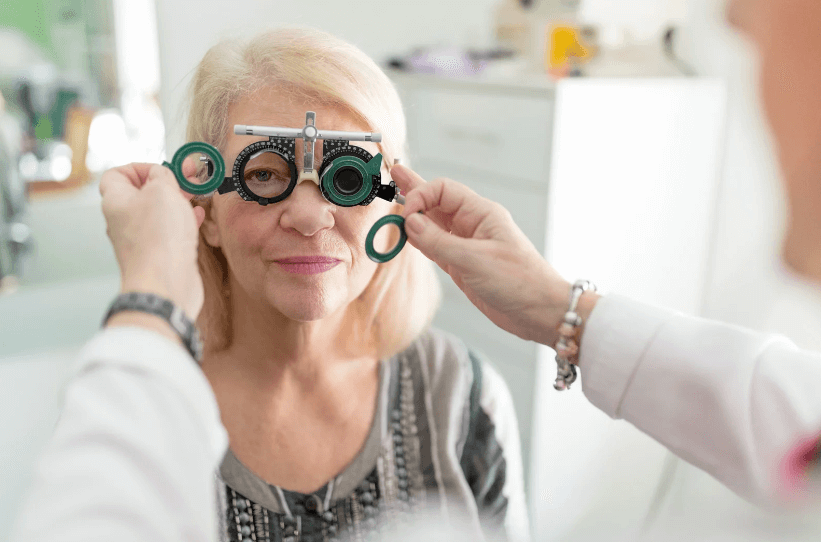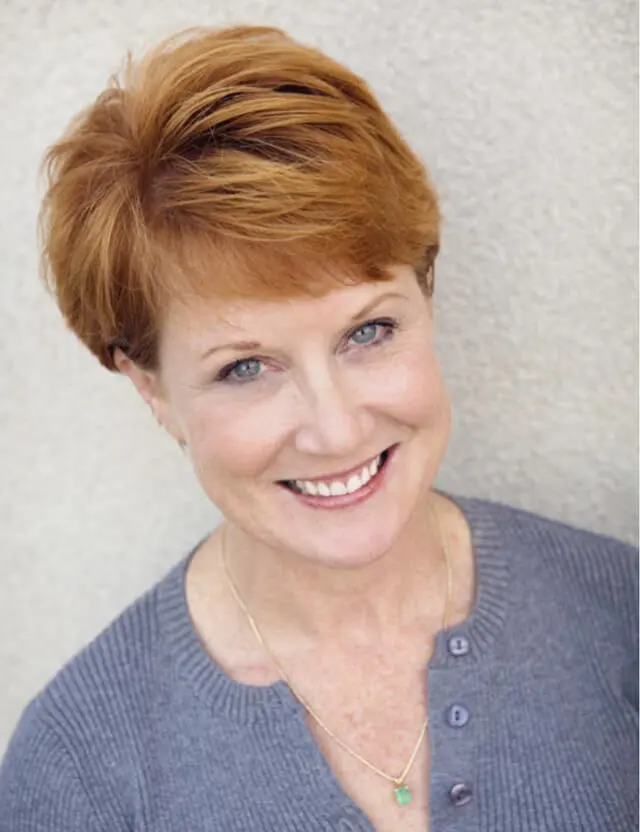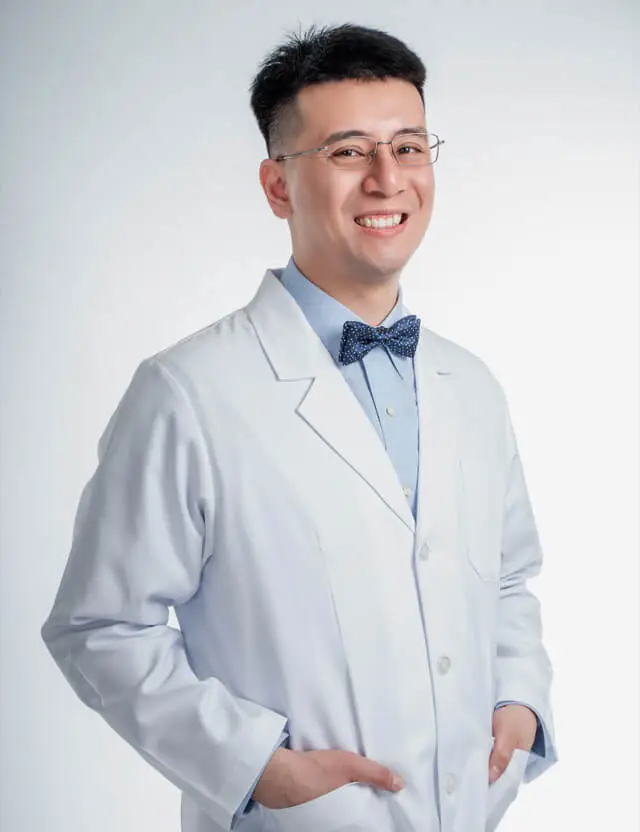In our fast-paced, modern world, where screens dominate our daily lives and stress levels seem to be on a perpetual rise, taking care of our eyes has become more crucial than ever. The quest for the perfect remedy for eyesight has sparked numerous debates and discussions. As we navigate through the myriad of options, from traditional practices to cutting-edge technologies, the question remains: What is the best remedy for eyesight?
Understanding Eyesight
Before delving into potential remedies, let’s grasp the complexity of eyesight. Our eyes are intricate organs, and maintaining their health involves a combination of factors such as genetics, lifestyle, and environmental influences. Eyesight issues, whether nearsightedness, farsightedness, or astigmatism, often arise from various causes, making a one-size-fits-all solution challenging.
Nutrition and Diet: The Foundation for Healthy Eyes
The old adage “you are what you eat” holds particularly true when it comes to eye health. A diet rich in vitamins, minerals, and antioxidants plays a pivotal role in maintaining optimal eyesight. Foods high in omega-3 fatty acids, such as salmon and flaxseeds, are known to benefit eye health. Likewise, leafy greens like spinach and kale provide essential nutrients like lutein and zeaxanthin, which contribute to the prevention of age-related macular degeneration.
Hydration: Nourishing Your Eyes from Within
Dehydration can impact various bodily functions, including those related to eyesight. Staying adequately hydrated ensures that your eyes receive the moisture they need to function optimally. Simple lifestyle changes like increasing water intake can be a fundamental yet effective remedy for maintaining good eyesight.
Regular Eye Exercises: Training Your Vision
Just as we engage in physical exercises to keep our bodies fit, eye exercises can help strengthen eye muscles and improve focus. These exercises may include the 20-20-20 rule (taking a 20-second break every 20 minutes of screen time to look at something 20 feet away), eye-rolling, and focusing on near and far objects alternately. While the scientific consensus on the effectiveness of eye exercises is still debated, many people report positive outcomes from incorporating them into their daily routines.
Here is a list of various eye exercises that you can incorporate into your daily routine:
20-20-20 Rule:
- Every 20 minutes, take a break.
- Look at something 20 feet away.
- Focus on it for at least 20 seconds.
- This exercise helps reduce eye strain and digital eye fatigue.
Palming:
- Rub your palms together to generate heat.
- Cup your palms over your closed eyes without applying pressure.
- Relax and enjoy the warmth for a minute.
- This exercise helps relax eye muscles and alleviate stress.
Blinking:
- Blink your eyes rapidly for about 30 seconds.
- Close your eyes and let them rest for a few seconds.
- Repeat several times.
- Blinking helps moisten your eyes and reduce dryness.
Eye Rolling:
- Sit comfortably and look straight ahead.
- Slowly roll your eyes in a clockwise direction.
- After a few rotations, switch to counterclockwise.
- This exercise helps improve eye flexibility and reduce stiffness.
Focus Shifting:
- Hold your thumb in front of you at arm’s length.
- Focus on your thumb for a few seconds.
- Shift your focus to an object in the distance.
- Repeat this process, alternating between near and far objects.
- This exercise enhances your eye’s ability to focus at different distances.
Near and Far Focus:
- Hold a small object close to your eyes.
- Focus on it for a few seconds.
- Shift your focus to a distant object.
- Repeat this process, switching between near and far objects.
- This exercise improves the flexibility of your eye’s focusing muscles.
Figure Eight:
- Imagine a large figure eight (infinity symbol) about 10 feet in front of you.
- Trace the figure eight with your eyes horizontally and then vertically.
- Repeat in both directions.
- This exercise improves eye coordination and control.
Zooming:
- Sit comfortably and extend your arm with your thumb pointing up.
- Slowly bring your thumb closer to your eyes while keeping it in focus.
- Move your thumb away until it’s fully extended.
- This exercise enhances your eye’s accommodative ability.
Concentration Exercise:
- Hold a small object (like a pen or pencil) at arm’s length.
- Focus on it for a few seconds.
- Slowly bring the object closer to your nose while maintaining focus.
- Move it back to arm’s length.
- This exercise improves concentration and eye coordination.
Eye Massage:
- Gently massage your closed eyelids in a circular motion with your fingertips.
- Move from the inner corners to the outer corners.
- Repeat for a few minutes.
- This exercise helps stimulate blood flow and relax the eye muscles.
Blue Light Protection: Shielding Your Eyes from Screens
In today’s digital age, prolonged exposure to screens emitting blue light has become a common concern. Blue light can contribute to digital eye strain and disrupt sleep patterns. Wearing blue light-blocking glasses or using screen filters on electronic devices may help reduce eye fatigue and discomfort, presenting a practical remedy for those whose daily lives revolve around screens.
Quality Sleep: The Restorative Power for Eyesight
The importance of a good night’s sleep cannot be overstated when it comes to overall health, including eye health. During sleep, the eyes have an opportunity to rest and regenerate, promoting better vision. Sleep deprivation, on the other hand, can lead to dry eyes, eye spasms, and blurred vision. Establishing healthy sleep patterns can serve as a natural and effective remedy for maintaining optimal eyesight.
Ayurveda and Traditional Remedies: Tapping into Ancient Wisdom
Ancient healing systems like Ayurveda offer holistic approaches to eye care. Practices such as eye massages with oils like coconut or ghee, the use of herbal eye drops, and the incorporation of specific herbs like Triphala into one’s diet are believed to promote eye health. While these traditional remedies may not have extensive scientific backing, they have been passed down through generations and continue to find a place in holistic wellness practices.
Corrective Lenses and Surgeries: Modern Technological Advancements:
For those seeking more immediate and precise solutions, corrective lenses and surgeries are conventional options. Eyeglasses and contact lenses can correct refractive errors, providing clear vision. In recent years, laser eye surgeries like LASIK have gained popularity for their ability to reshape the cornea and eliminate the need for glasses or contacts. However, these interventions come with their own set of considerations and potential risks.
Regular Eye Check-ups: Prevention Is the Best Cure
Preventive measures are often the most effective remedies. Regular eye check-ups with an optometrist can detect issues early, allowing for timely intervention. Eye exams assess vision and screen for potential eye diseases, such as glaucoma and cataracts. Early detection and management can prevent further deterioration and maintain good eyesight throughout life.
Conclusion:
In the quest for the best remedy for eyesight, a holistic approach that combines various strategies often yields the most effective results. Nutrient-rich diets, hydration, regular eye exercises, blue light protection, quality sleep, traditional remedies, corrective lenses, surgeries, and routine eye check-ups each play a role in maintaining optimal eye health.
The best remedy for eyesight may not be a singular solution but rather a personalized combination of these approaches. As we navigate the complexities of modern life, striking a balance between technological advancements and time-tested practices is key to preserving the windows to our souls – our eyes – for a lifetime of clarity and vision.
Resources:
- https://www.healthline.com/health/eye-health/how-to-cure-blurry-vision-naturally
- https://coopervision.com/eye-health-and-vision/improving-eyesight-naturally
- https://prasadnetralaya.com/how-to-improve-eyesight-naturally-10-easy-tips/
- https://kraffeye.com/blog/10-foods-to-improve-eyesight
- https://floridaeye.org/eye-health/natural-remedies-to-reverse-vision-loss-fact-or-fiction/
- https://www.webmd.com/eye-health/good-eyesight
- https://weillcornell.org/news/how-to-improve-vision-and-maintain-eye-health



